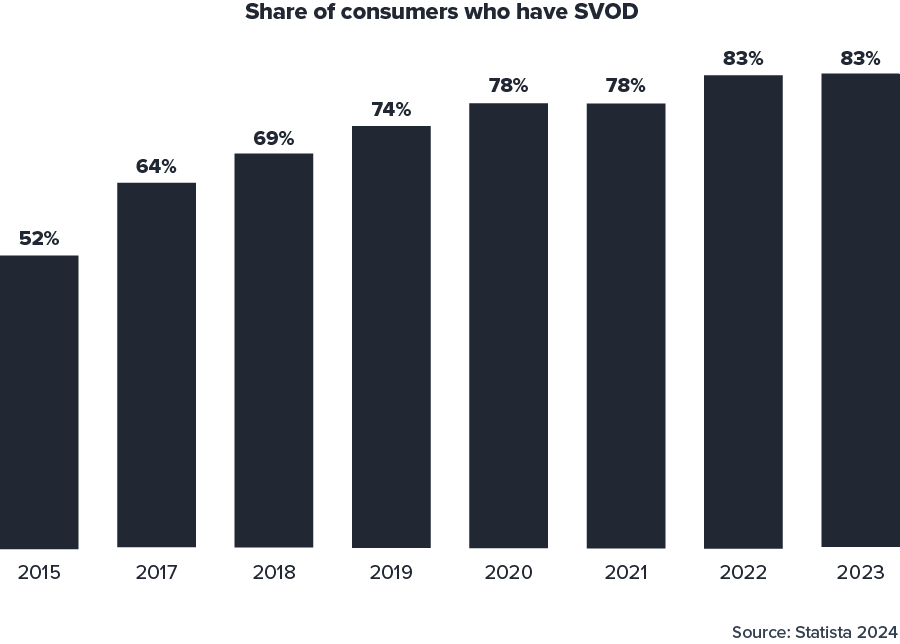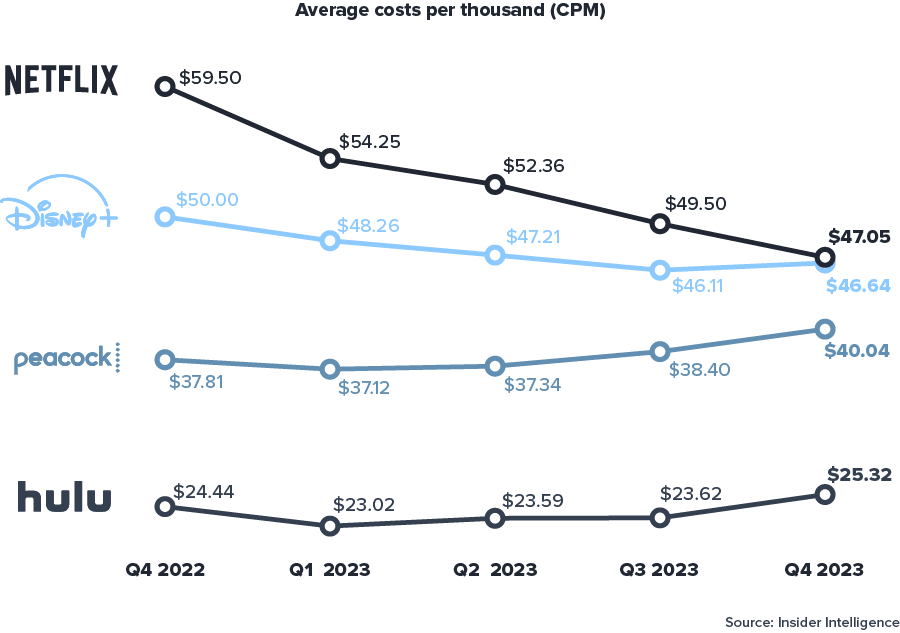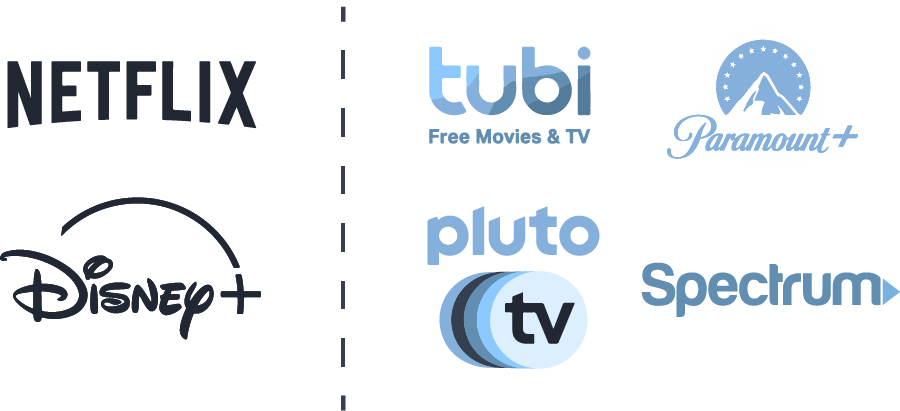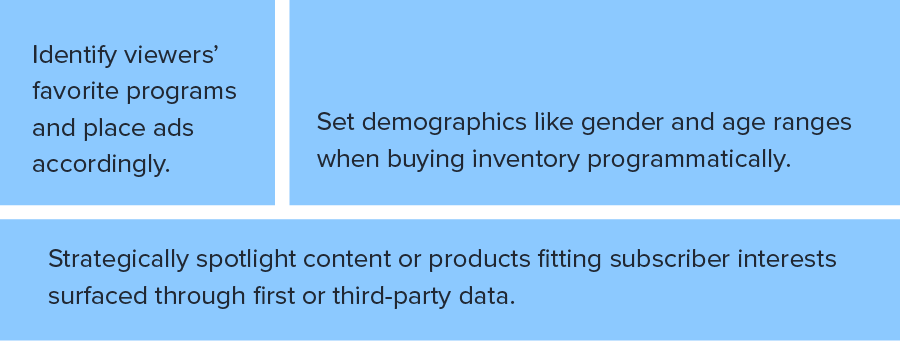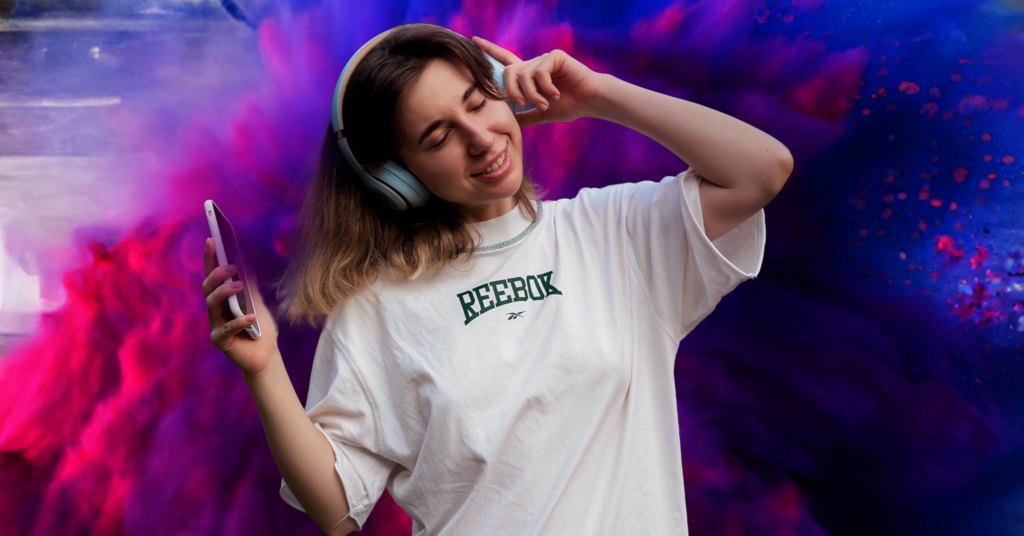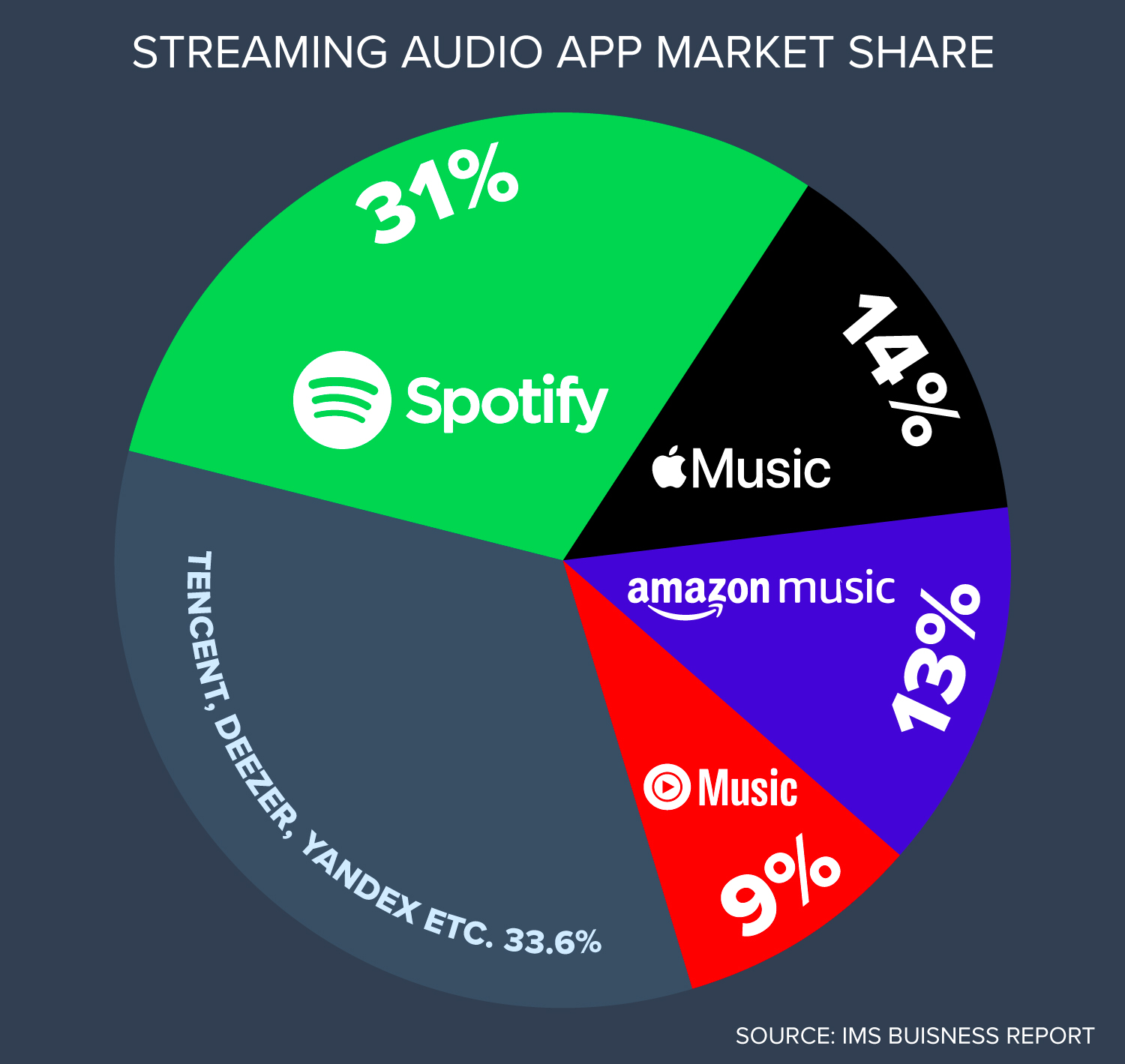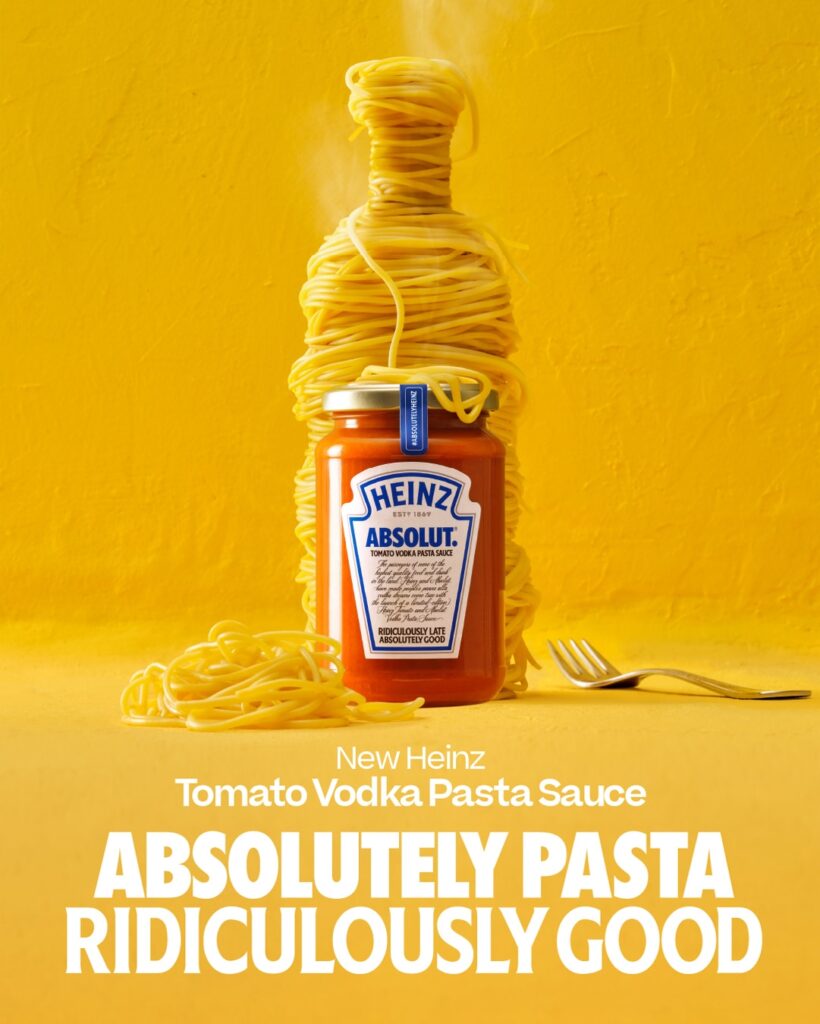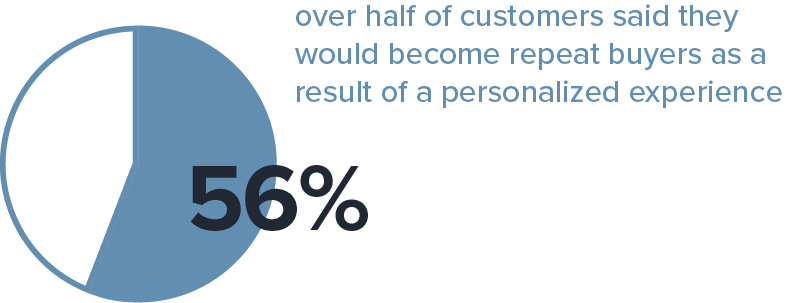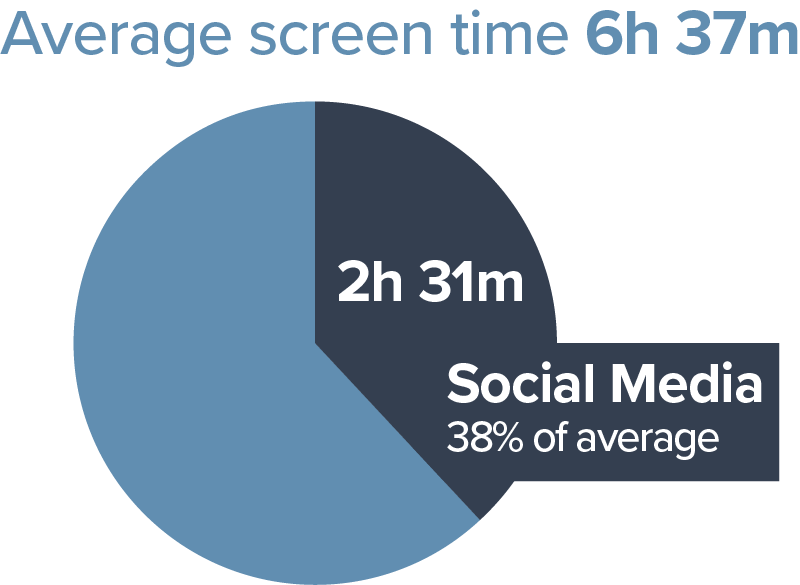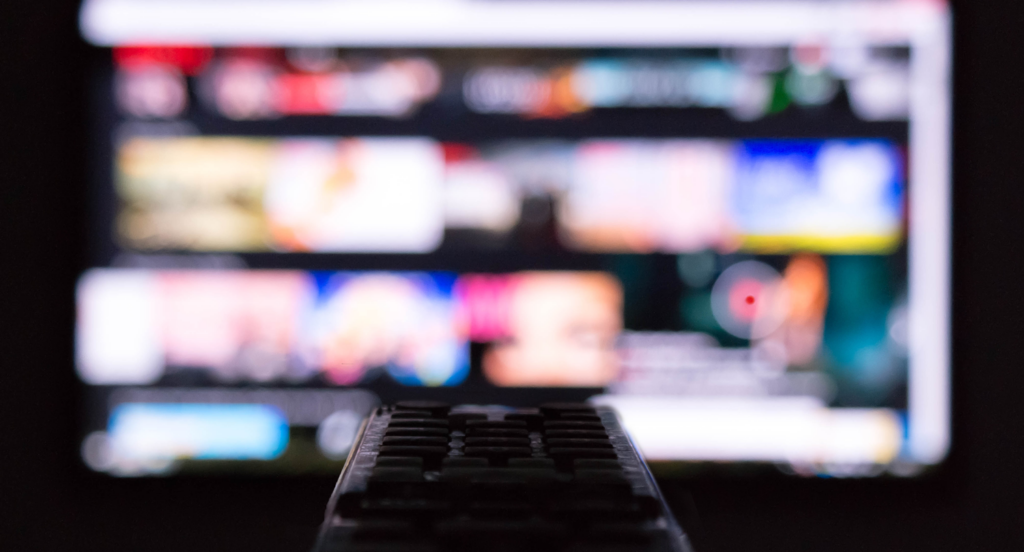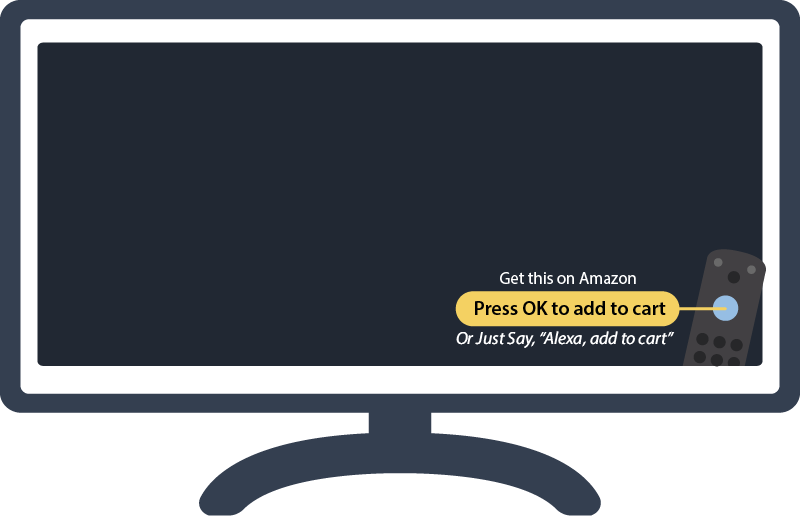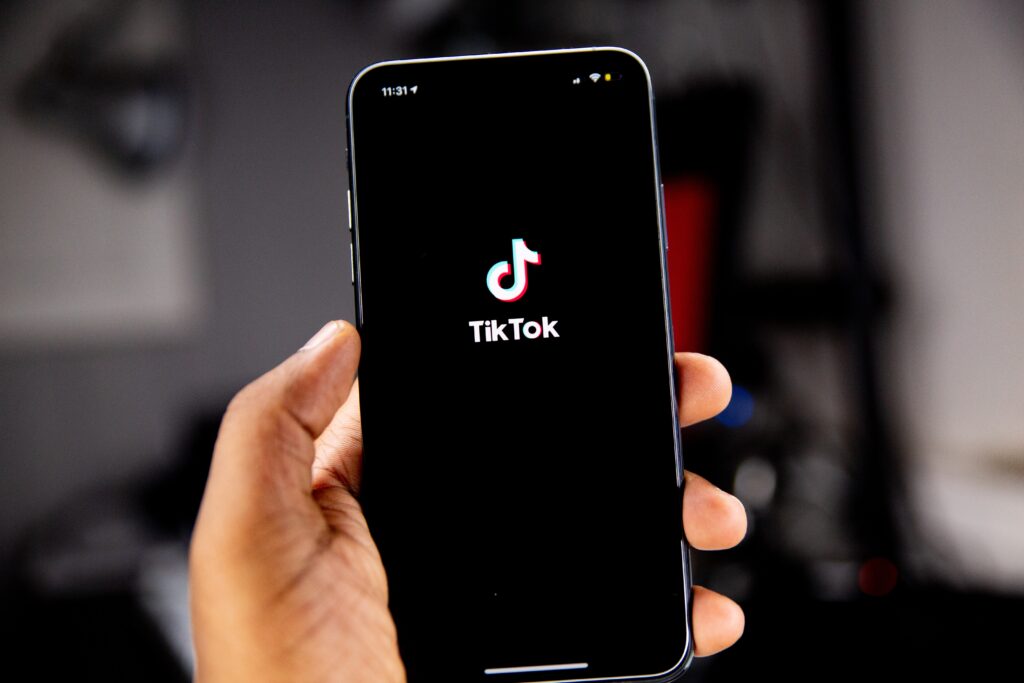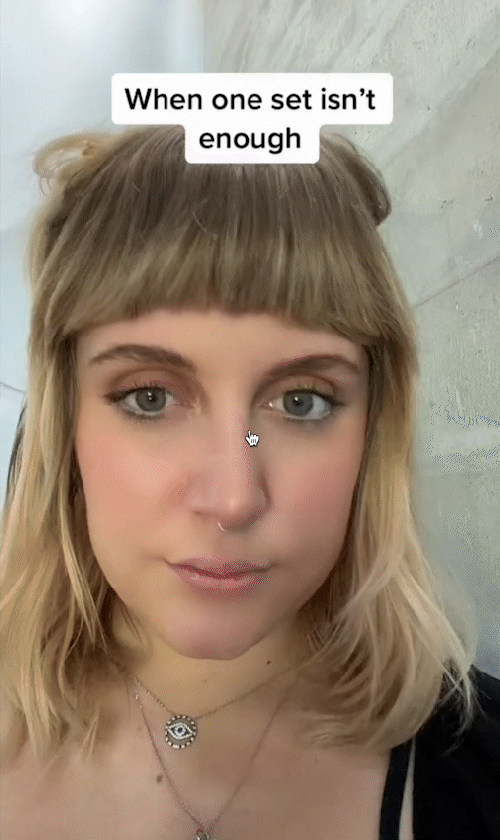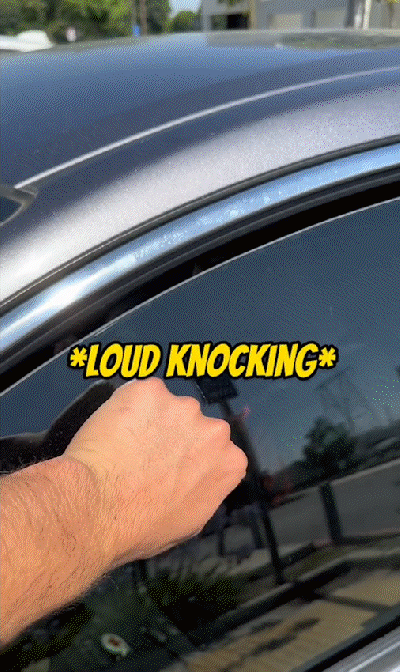Google’s Project Magi has caused a lot of stir in the tech world since its announcement in 2023. An entire team is working on what will essentially be a new AI-powered search engine and “demonstrate Google’s ambitions to reimagine the search experience.”
The development will profoundly shift how Google creates search experiences — but the shift will impact more than just users. With a wealth of exciting new capabilities announced even at these early stages, Project Magi can create incredible opportunities for advertisers who take advantage of its features. Here’s what to know about Project Magi as we head into 2024.
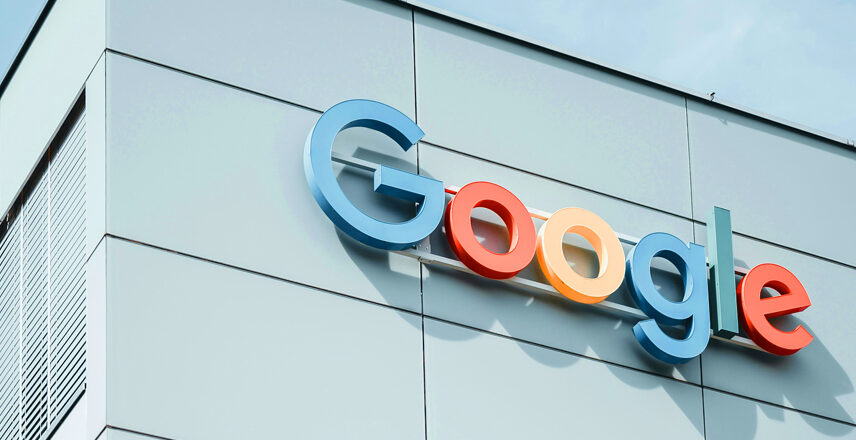
What Project Magi Means for Paid Media
Google is undeniably the most preferred search engine in the world: 92.26% of global searches taking place on the platform. The changes that Project Magi brings to the engine won’t just impact Google users but all of the brands that advertise to them with paid media. Here are some of the ways Project Magi will affect the industry landscape:

1. Voice search is the future
With the prevalence of voice-activated smart speakers, virtual assistants, and smartphones, voice search already comprises over 20% of searches on Google. Project Magi’s AI will make voice search front and center of the search experience, making voice search even more popular.
Brands that optimize their content for voice search now can gain a significant advantage by ensuring their content ranks higher in the voice search landscape.
2. Tailored search will demand tailored content
One of the most exciting aspects of Project Magi is its ability to understand user intent and the context of their searches, allowing it to find content that best satisfies those needs — even if it’s not stuffed with relevant SEO keywords.
This change requires brands to shift their focus from keyword optimization to crafting content that genuinely answers the specific search questions their target audience is asking.
3. Images will become a bigger part of the search experience
In Project Magi, images are expected to take on a more prominent role in the search experience than traditional Google search. To succeed in this new landscape, brands must prioritize creating media-rich content and optimize their images for SEO, ensuring that they capture attention and align with the search algorithms’ evolving criteria for relevance and engagement.

4. Search will become a storefront
Project Magi aims to redefine search by transforming it into a virtual storefront. Early reports suggest that users will even have the ability to complete transactions directly within the search results without visiting a seller’s website. This could have massive ramifications on the ecommerce landscape by shifting attention from website visits. Marketers will also need to adapt to these changes and focus on new KPIs pertaining search conversion rates.
5. Project Magi will evolve into a new search engine
Project Magi isn’t just a Google product; it is anticipated to evolve into a completely new search engine that could replace the Google we are familiar with today. This monumental update wouldn’t just change user experience, it would redefine the rules of online visibility. Brands must prepare for significant changes to SEO best practices if they want to remain relevant in this new ecosystem.

Making the Most of Project Magi
Project Magi could usher in a new era for search engine marketing, with unprecedented opportunities for brands to connect with potential consumers. However, it’s critical to leverage the expert guidance and help of marketing pros with a track record of leveraging innovation in their strategies.
Want to get ahead of the changes coming from Project Magi? Get in touch to learn more about how Power Marketing can help.

